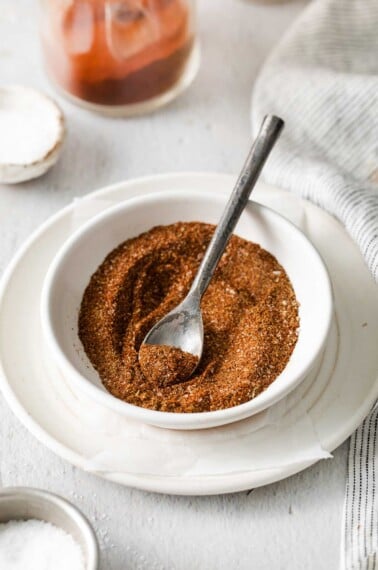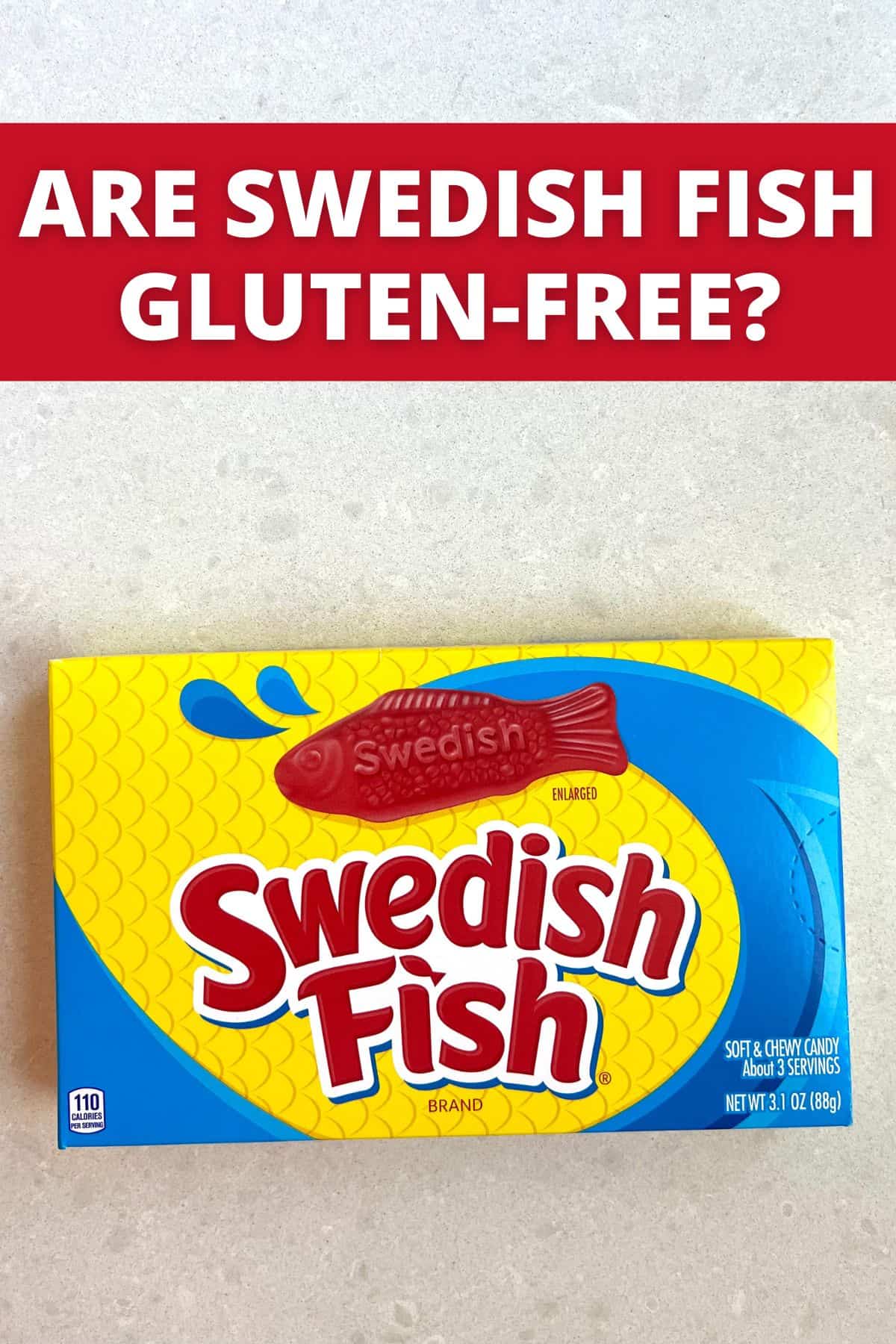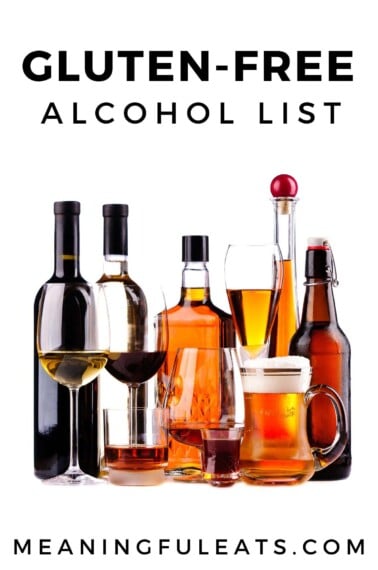Wondering if rice noodles are gluten-free? You’re in the right place! Read on to find out everything you need to know!
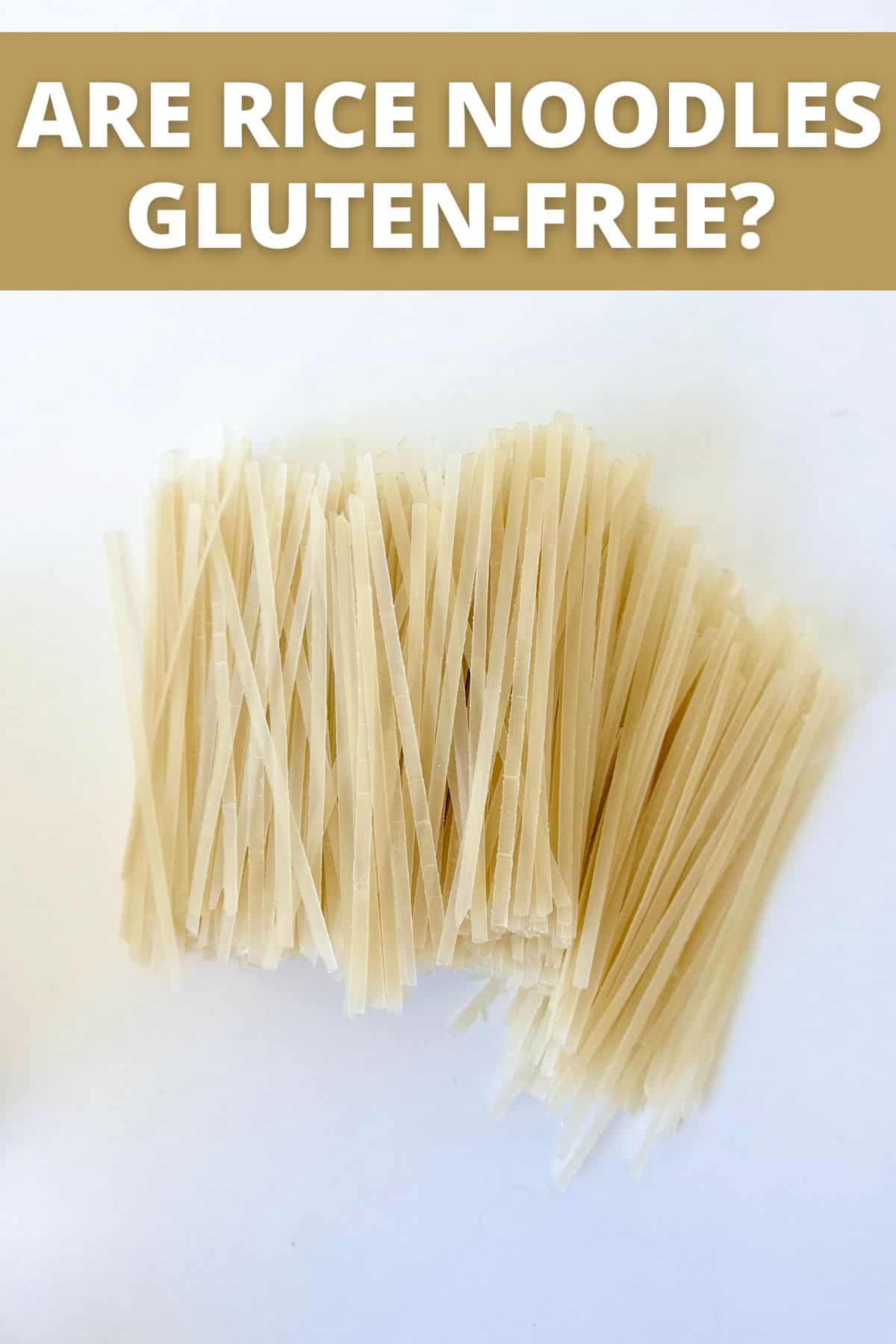
Rice noodles have a craveable texture, and they tend to soak up any delicious sauce they are served with. Just thinking about rice noodles conjures up mouth-watering memories of Vietnamese and Thai dishes.
Rice noodles seem like a great gluten-free pasta alternative. But are they really gluten-free?
Table of Contents
SHORT ANSWER: YES!
Yes! Rice noodles are typically a gluten-free food. It is fairly easy to find rice noodles at the grocery store that are certified gluten-free, meaning that they are an excellent choice if you have celiac disease or a gluten sensitivity.
You also might like these articles on is brown rice gluten-free, are oats gluten-free, is soy sauce gluten-free, is couscous gluten-free and are potatoes gluten-free.
You also might like this article on are egg noodles gluten-free.
Are Rice Noodles Gluten-Free?
Yes, rice noodles are usually gluten-free! In fact, there are several popular brands that sell certified gluten-free rice noodles. This means that they meet the FDA standard of less than 20 parts per million (ppm) of gluten. They are safe to eat on a gluten-free diet, and you can rest assured that cross-contamination is not an issue.
When you’re buying rice noodles at the grocery store, look for product packaging that clearly states “gluten-free.” These brands offer certified gluten-free rice noodles:
- A Taste of Thai
- Thai Kitchen
- Ocean’s Halo
- Annie Chun’s
- Lotus Foods
If you’re in a restaurant ordering a meal that includes rice noodles, let them know that you’re eating gluten-free. They should be able to tell you if their noodles are totally gluten-free and if there is any cross-contamination with wheat products in their kitchen.
What Are Rice Noodles?
Rice noodles are simply noodles made from rice flour rather than the wheat flour commonly found in noodles consumed here in the United States. Rice noodles usually have a very short list of ingredients. For example, Vermicelli Rice Noodles from A Taste of Thai contain only three ingredients:
- Rice flour
- Water
- Modified tapioca starch
Some rice noodles contain only rice flour and water, while others use corn starch instead of tapioca starch. The added starch (from corn or tapioca) helps the noodles retain their shape and adds to the chewy texture. All types of rice are naturally gluten-free, so rice noodles will be gluten-free unless they have had cross-contact with gluten-containing foods.
On their own, rice noodles don’t have a lot of flavor. They also don’t have much nutritional value. However, they do have a delightful chewy texture, they pair well with lots of different sauces, soups and spices, and they will make a dish more filling. Rice noodles can be flat and wide or very thin (such as rice vermicelli), depending upon the dish.
Rice noodles are especially popular in dishes from South and Southeast Asia. These countries often prepare dishes that include rice noodles:
- Burma
- Cambodia
- China
- Philippines
- Indonesia
- Laos
- Malaysia
- Sri Lanka
- Singapore
- Thailand
- Vietnam
Basically, countries that grow lots of rice are likely to produce and consume rice noodles!
The cooking instructions for rice noodles are simple. Boil dry noodles in a large pot of water for a few minutes, and you’re ready to create any number of tasty Asian dishes, including stir fry, homemade soups, and cold noodle salads. Fresh rice noodles may also be available for sale, particularly in Asian markets.
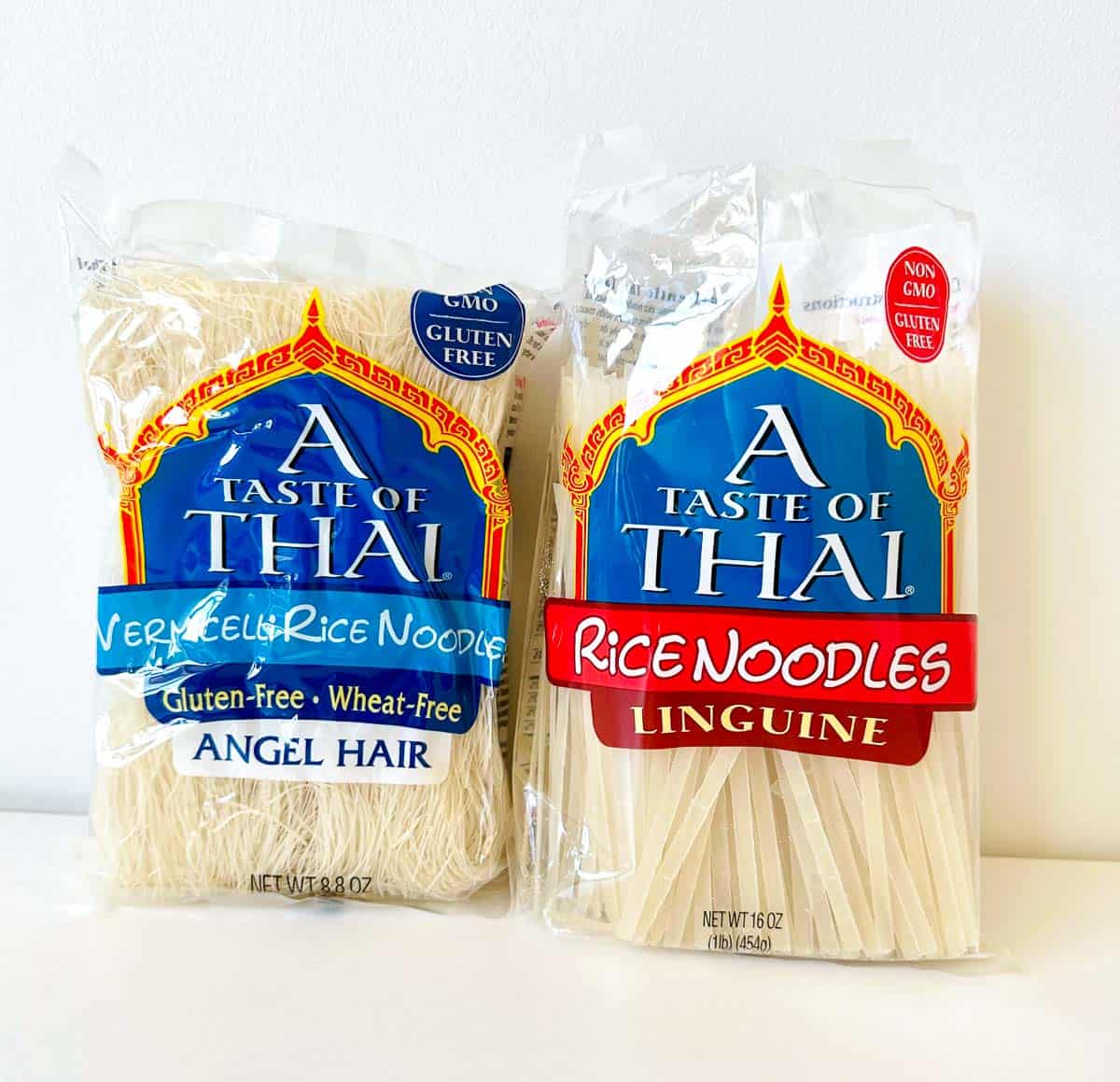
Do Pad Thai Rice Noodles Have Gluten?
Pad thai–a delicious staple of Thai cuisine–is normally made with rice noodles, which are gluten free. However, even though the noodles do not contain gluten, the overall dish may or may not be gluten-free depending upon the sauce and other ingredients used. For example, traditional soy sauce does contain gluten, so if a restaurant uses soy sauce in their pad thai recipe, the dish will have gluten in it.
If you have a gluten intolerance, it’s important to check with the restaurant to make sure that the dish you’re ordering is gluten-free and has not had any cross-contamination with wheat products.
On the other hand, if you decide to prepare your own pad thai at home, you can more easily verify that all the ingredients used are gluten-free and safe to eat.
You might also like this Gochujang Pasta.
FAQs
Yes, traditional rice noodles are safe to eat on a gluten-free diet. Rice noodles typically contain only rice flour, water, and sometimes corn starch or tapioca starch.
When you buy rice noodles from a grocery store, check to see that the product information clearly states “gluten-free.” These are easy to find in the international foods aisle of most grocery stores, from brands such as A Taste of Thai, Thai Kitchen, Ocean’s Halo, and others.
Neither rice noodles nor wheat-based noodles are extremely healthy. They might be labeled “empty carbs,” as they provide calories but not a lot of nutritional content. If you choose brown rice noodles rather than white rice noodles, they will contain more dietary fiber to aid digestion.
Rice noodles are not unhealthy, but they’re not the most nutritious food out there. For a balanced meal, protein and lots of fresh veggies are a great addition to your rice noodles!
Ramen noodle soup is usually prepared with noodles made from wheat flour. Thus, ramen does contain gluten most of the time. Some restaurants will give you the option of subbing gluten-free noodles for wheat noodles.
If you make your own ramen at home, you can include rice noodles for a delicious gluten-free soup. Note that Top Ramen and Maruchan brands feature wheat noodles (NOT gluten-free!), but if you’re willing to look a little harder and pay a little more, companies such as Lotus Foods do make gluten-free ramen kits.
Pho is a flavorful Vietnamese soup traditionally made with rice noodles. Rice noodles do not contain gluten, so pho is almost always gluten-free. Of course, whenever you order in a restaurant, ask to make sure that the dish is gluten-free. If you have celiac disease or a non-celiac gluten sensitivity, ask if there is any cross-contamination with gluten-containing ingredients in the kitchen.
Yes, wide rice noodles are almost always gluten-free. When you’re purchasing packaged noodles in a grocery store, check the package to make sure. Most rice noodles contain only rice flour, water, and sometimes corn starch or tapioca starch.
In a restaurant, ask to make sure the noodles are gluten-free and that there is no cross-contamination in the kitchen.
The Bottom Line
Rice noodles are a good choice on a gluten-free diet! They are almost always gluten-free, as they are made from naturally gluten-free rice flour.
Cooking rice noodles is easy, and they lend themselves perfectly to many delicious Asian dishes.
While you’re grocery shopping, select rice noodles that are certified gluten-free. These meet the FDA criteria for less than 20 parts per million (ppm) of gluten. Throw in some protein and veggies, and you’ve got a healthy, celiac-safe meal.
When you’re eating out, rice noodles should be gluten-free, but always check with the kitchen to make sure. Also ask if there is cross-contamination in the kitchen. Could your meal come in contact with gluten-containing ingredients as it is being prepared?
If your meal includes a soup or a sauce, ask to make sure that wheat is not used as a thickener, and steer clear of traditional soy sauce, which does contain gluten.
